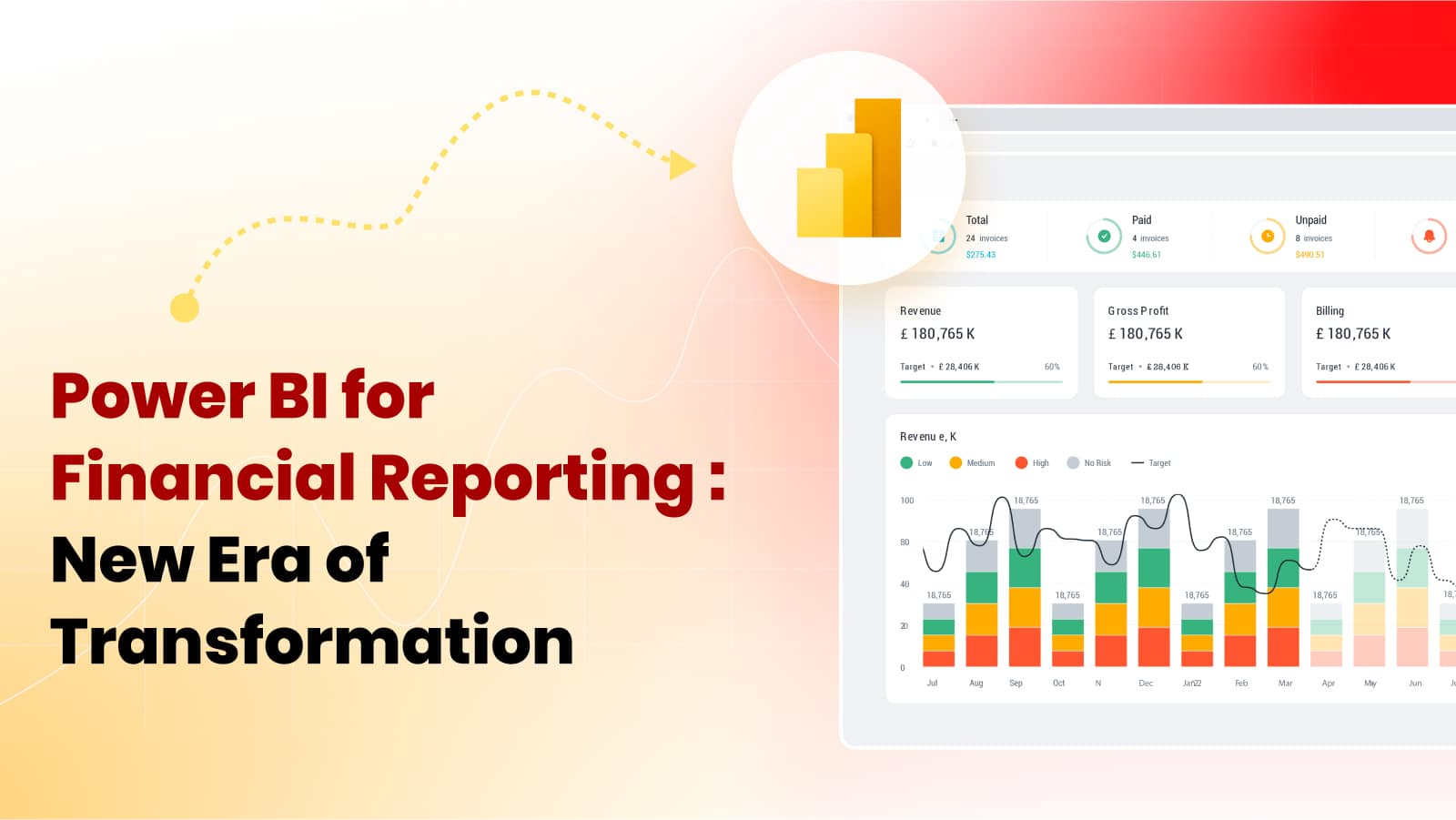Power BI for Financial Reporting: New Era of Transformation
6 MIN READFinancial reporting and analysis are complex. Managing massive data is such a task and analytical tools are the savior. Do finance professionals actually find Power BI useful for the finance sector? Among all the available options, Microsoft Power BI and Fabric are some of the most reliable and advantageous solutions with data analytics capabilities.
Microsoft Power BI and Fabric have leveraged business to stay ahead of the curve. Generating a group of financial statements in Power BI is in huge demand. Today, cutting-edge technology is a prominent necessity in a tech-driven world to abstract insights.
This blog aims to demonstrate the tailored solution we have provided on the Power BI. We have explored finance professionals’ challenges and proposed a solution using tools like Power BI for financial reporting.

